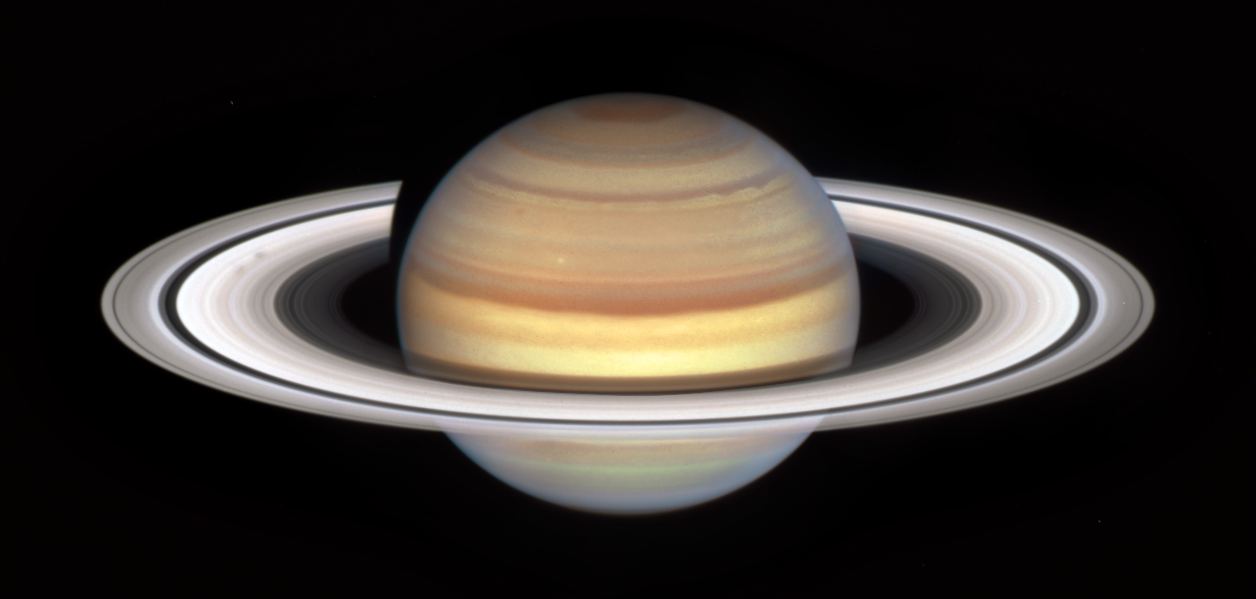India has once again made headlines in the global space exploration arena, having successfully launched a rocket carrying two small spacecraft specifically designed to test docking technology in space. This event marks a pivotal moment in India's aspirations for an independent space station and its lunar ambitions.
The Significance of the Launch
As articulated by India's Science and Technology Minister, Jitendra Singh, this mission is considered vital for advancing the nation's future space objectives. Spearheaded by the Indian Space Research Organisation (ISRO), the launch which occurred on December 30, 2024, showcased the PSLV-C60 rocket, renowned for its reliability and effectiveness. This mission forms an integral part of ISRO's broader strategy to enhance its technological capabilities and establish itself as a formidable player in the space sector.

Image Credit: Unsplash/CC0 Public Domain
Mission Overview: SpaDeX
The mission, aptly codenamed SpaDeX, which stands for Space Docking Experiment, successfully lifted off from the Sriharikota launch site. The PSLV-C60 embedded two satellites, each weighing approximately 220 kilograms (475 pounds). This configuration sets the stage for vital experiments related to in-space docking maneuvers, a crucial technology for future satellite servicing and human spaceflight missions.
Through the SpaDeX mission, ISRO aims to demonstrate the technology essential for the rendezvous, docking, and undocking of two small spacecraft. This technology is indispensable for India's future lunar exploration plans, particularly the goal of sending humans to the Moon by 2040 as outlined by Prime Minister Narendra Modi.
The Technical Aspects of the Docking Procedure
The docking process involves two satellites in low Earth orbit, which must maneuver precisely to engage and attach to one another while traveling at an astonishing speed of 28,800 kilometers per hour (17,895 miles per hour). To achieve this, the satellites must reduce their relative approaching velocity to a mere 0.036 kilometers per hour before successfully merging. This precision is a cornerstone of modern space operations.
International Context and Comparison
India's quest for space docking technology places it on an exclusive list of nations; alongside Russia, the United States, and China, India aspires to become only the fourth nation capable of executing such advanced space maneuvers. This venture illustrates India's focus on cultivating a comprehensive and autonomous space program. Despite operating with a comparatively tighter budget, India’s rapid advancements challenge notions of what is feasible in the high-stakes arena of global space exploration.
Key Technological Developments
The technology demonstrated in the SpaDeX mission is not merely an academic pursuit; it serves a practical purpose in operational missions to enhance satellite functionality and longevity. For instance, the ability to dock allows for the refueling of satellites, extending their lifespans and operational capabilities.
| Capability | Description | Importance |
|---|---|---|
| Rendezvous | Maneuvering one spacecraft to match orbits with another. | Crucial for docking operations. |
| Docking | Physical joining of two spacecraft. | Essential for crew transfer and satellite service missions. |
| Undocking | Separation of spacecraft after a mission. | Necessary for mission completion and return to orbit. |
Country Profiles and Space Ambitions
India's space program is frequently compared with other countries, particularly regarding budget constraints and overall objectives. Below is a comparative overview of the space ambitions of various global players:
| Country | Current Mission Focus | Future Aspirations |
|---|---|---|
| Russia | International Space Station (ISS) | Human missions to planetary bodies |
| United States | Moon missions via Artemis | Human Mars exploration |
| China | Tiangong space station | Moon and Mars exploration |
| India | Moon mission preparations | Human missions to Moon by 2040 |
Recent Comparative Milestones
India's achievements in space exploration continue to draw attention, particularly in the context of its recent Moon mission that succeeded in landing an unmanned spacecraft. With these milestones, India has solidified its status as a major player in global space exploration. The country has made significant progress within a short span of time, showcasing technological innovations and determined efforts to align with established space-faring nations.
Conclusion
With the SpaDeX mission, India is poised to further enhance its reputation in the space exploration domain. Every successful launch, docking experiment, and subsequent mission solidifies the foundation for India's ambitious plans for future endeavors, including a manned lunar mission and even the development of a comprehensive space station. The future looks bright as India continues to expand its technological borders.
For more information
The information presented in this article draws upon various recent sources, including a detailed overview by Universetoday on India's space exploration goals and missions. For further exploration, consider these references:




